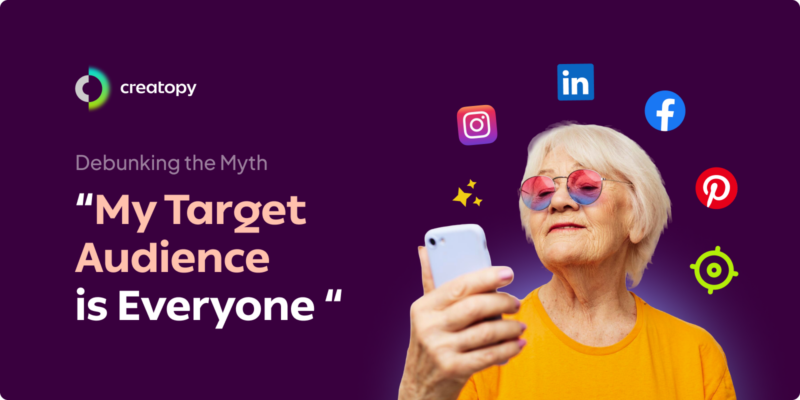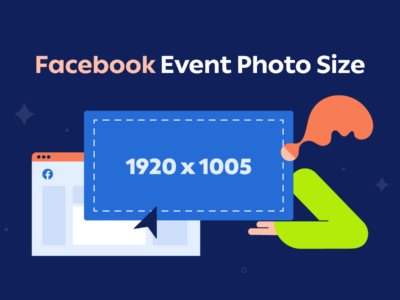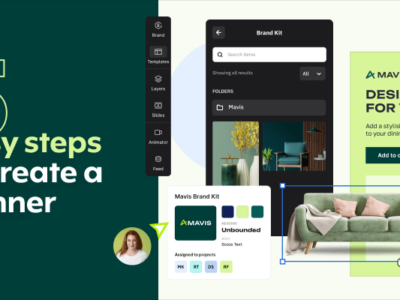Your social media target audience shapes every aspect of your advertising success. Many businesses make a big mistake—they try to reach everyone. By doing proper audience research and target audience segmentation, you’ll see that focusing on specific groups actually helps you reach more of the right people.
When you run social media ads, you need to know exactly who you’re trying to reach. When you find and connect with the right groups, more people will respond to your message, click on your ads, and buy your products. This focused way of advertising works better than trying to reach everyone, no matter which social media platform you use.
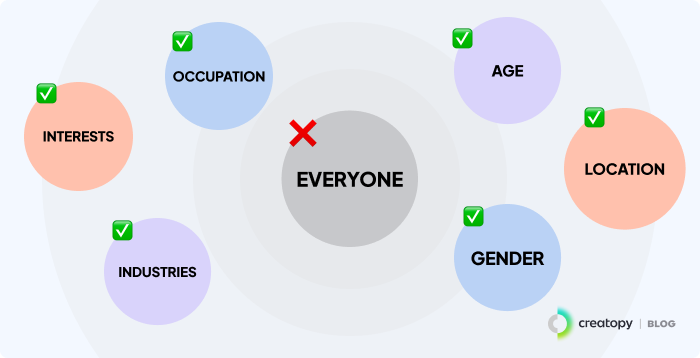
Effective strategies for audience research and social media ad targeting
Understanding target audience fundamentals
Targeting segmented audiences and making decisions in real-time are key elements to achieving the desired return on investment (ROI) for ad campaigns worldwide, according to 45 and 38 percent of respondents in a June 2024 survey, as J. G. Navarro, a research expert covering advertising and marketing with a focus on South America, revealed.
To find your ideal social media target audience, you need to know who needs what you’re selling. Numbers show this works—businesses that focus on specific groups get three times more engagement than those that don’t. This targeted approach saves money on ads while getting better results.
Key components of target audience segmentation
To understand your audience, you need to take into account several types of information. Each piece helps you know who to target and what content to create. Let’s look at what matters most and how to use this information in your social media ad targeting.
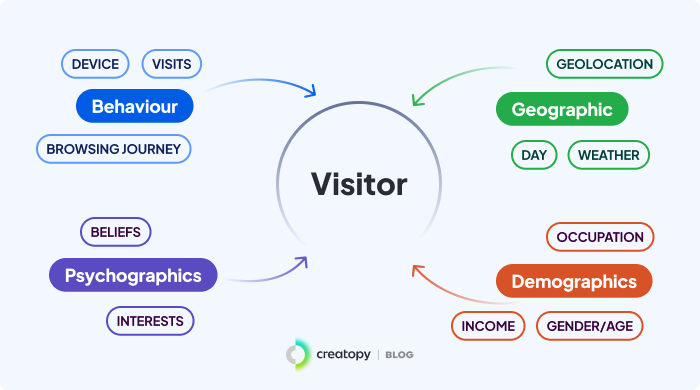
Demographics—your starting point
- Age groups affect how you talk: Gen Z audiences prefer authentic, raw content, while millennials engage more with purpose-driven messaging. Baby boomers value clear, straightforward communication with detailed product information.
- Income levels help with pricing: Luxury brands targeting high-income groups ($100,000+) see better results with exclusivity-focused messaging, while brands targeting middle-income segments succeed with value-proposition messaging.
- Professional backgrounds guide your content: While C-level executives engage more with thought leadership content, entry-level professionals respond better to career growth and development-focused messaging.
- Education shapes your message: Match your writing to how much people know. Some audiences want research and facts. Others prefer simple explanations.
Psychographics—the deeper connection
- Values build trust: People who care about the environment respond 40% better to green messages, and 73% of young adults check if companies are socially responsible before buying.
- Daily habits guide timing: Active people engage more during morning hours, while night owls respond better to evening content. Weekend buyers clearly need different scheduling than weekday shoppers.
- Personal goals drive interest: Career-focused people like content about professional growth, and health-conscious people engage with wellness content. These goals help you plan your content.
Understanding these aspirations shapes your content calendar
Behavioral patterns—timing and delivery
- Shopping times matter: Most people shop online during lunch and evening hours. Put your best ads during these times.
- Content types affect response: Videos get 48% more engagement than pictures for younger audiences. Blog readers check content in the morning, and social media users are most active at night.
- Platform habits guide planning: Instagram users spend 30 minutes daily scrolling. LinkedIn users check quickly but often during work hours. Time your posts accordingly.
Geographic considerations—local impact
- Market dynamics affect strategy: Urban markets respond differently to pricing than rural areas. Adjust your messaging and offers based on local economic conditions.
- Culture affects response: Keep in mind that local holidays create opportunities. And yes, using local language and references gets better results.
- Time zones optimize delivery: Schedule posts when your audience is most active. Global brands need multiple posting schedules to reach different geographic segments effectively.
This information creates your foundation. But success comes from using it well through each platform’s tools and always making things better.
Advanced social media ad targeting techniques
Each social media platform offers unique targeting capabilities that, when used strategically, can significantly improve your advertising performance.
Also read:
- 7 Must-Try Instagram Target Audience Practices for Strategic Success
- 5 Strategic Tips for Effective Facebook Ad Targeting
- Unlock the Power of Twitter (X) Ads: Targeting Strategies for Success
- Snapchat Ad Targeting: 7 Strategies for Maximizing Audience Engagement
- Optimize Your Pinterest Ad Targeting: Expert Tips and Strategies
- LinkedIn Ad Targeting: Proven Tips for Better Campaigns
During a 2024 survey among marketers worldwide, published by the Statista research department, 44 percent said Facebook was the most important social media platform. Instagram and LinkedIn followed, mentioned by 25 and 21 percent of respondents.
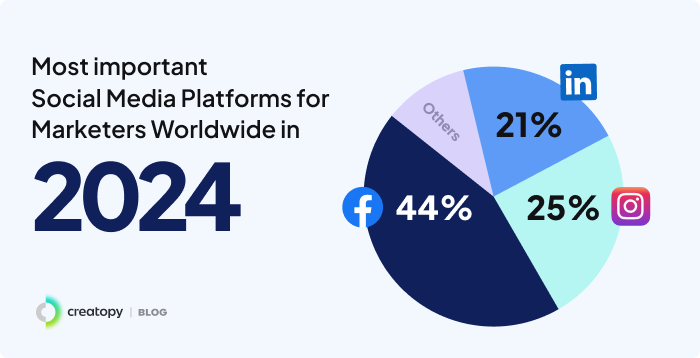
Facebook/Instagram tools
- Interest targeting finds fans: Target people who follow specific brands, engage with particular content types, or show interest in relevant topics. This usually gets 20% more engagement.
- Behavior targeting finds buyers: Use purchase history and browsing patterns to identify potential customers. This method has shown up to 40% improvement in conversion rates for e-commerce brands.
- Friend targeting grows reach: Target friends of your current followers to tap into similar demographic groups. This approach often results in 15% lower acquisition costs.
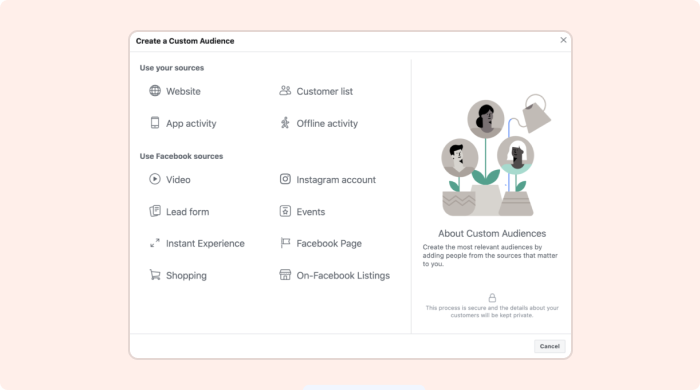
Growing your audience needs constant checking and relationship building. Your targeting should change based on what works and what your audience says, so take a closer look at these advanced social media ads targeting techniques.
Measuring target audience performance
Using data helps turn good targeting into great targeting. Regular checking using analytics tools shows what to improve and proves your ads are worth the money.
Key numbers to watch
- Click rates show interest: Track which groups click most on different messages. Try to beat your industry’s average.
- Sales rates guide changes: Watch which groups buy most to find your best customers. Use this to improve your targeting.
- Cost per sale shows value: Track how much you spend to get each customer by group. Lower costs usually mean better targeting.
Success in social media ads requires long-term connections with your target audience. This approach produces lasting results and creates loyal customers. Check out our guide to discover more ways to achieve brand trust and win loyal customers.
Building long-term audience relationships
Making lasting connections with your social media target audience needs regular contact and giving value. This investment pays off through loyal customers and natural growth.
Building your community
- Quick responses build trust: Answer comments within a day and share customer success stories to build confidence.
- Customer content increases involvement: Create hashtag campaigns that encourage sharing and feature customer content regularly to boost community involvement.
- Special access rewards loyalty: Give previews to engaged followers, and make sure to create special groups for your most active members.
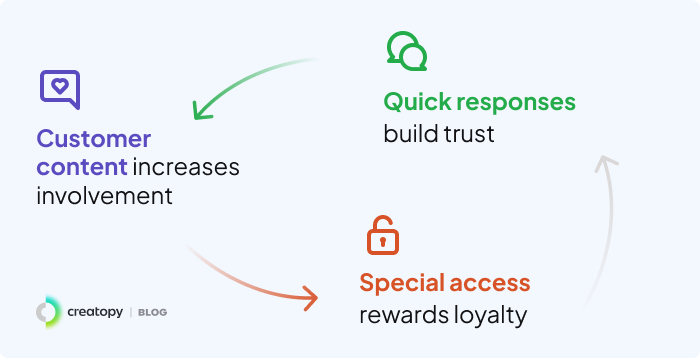
Your social media target audience means more than just numbers—they’re the foundation of your growth. Through careful audience research and precise social media ad targeting, you build real connections that last.
The most successful brands don’t try to be everything to everyone. They excel by understanding and serving specific audience segments exceptionally well. Start with one clearly defined segment, test your approach using analytics tools, and expand based on concrete data.
As advertising pioneer David Ogilvy wisely noted:
Don’t count the people that you reach, reach the people who count.
This idea hasn’t changed; only reaching the right people and building real connections leads to business success.
By combining good targeting with creative tools such as Creatopy, advertisers ensure their targeting strategies work well with high-quality ads that connect with each group. This mix of smart targeting and creative work shows where social media advertising is heading, bringing efficiency and personal connection together for better results.

